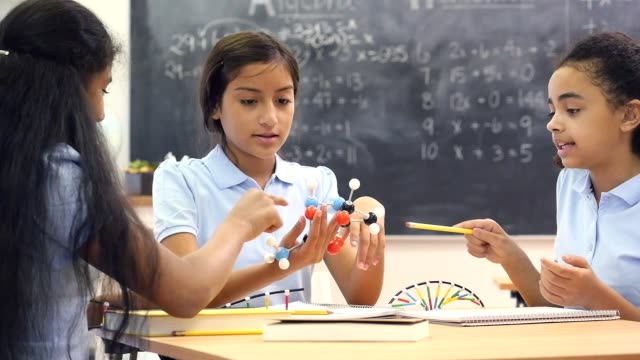
Image Source: Google
High school science classes are often seen as a place for logical thinking, problem-solving, and data analysis. However, incorporating artistic elements into these classes can greatly enhance students' creativity and engagement. By integrating art into science education, students can develop a deeper understanding of scientific concepts and improve their critical thinking skills. In this article, we will explore the benefits of combining art and science in high school classrooms and provide ideas for how teachers can incorporate artistic elements into their lessons.
The Benefits of Artistic Elements in Science Classes
Enhanced Creativity
- Integrating art into science classes can help students think outside the box and approach problems from multiple perspectives.
- Engaging in artistic activities can stimulate creativity and provide an outlet for self-expression.
- By encouraging creativity in science classes, students can develop innovative solutions to real-world problems.
Improved Understanding of Scientific Concepts
- Artistic elements can help students visualize complex scientific concepts in a more tangible and relatable way.
- Creating art related to science topics can reinforce learning and help students retain information more effectively.
- Through art, students can explore the connections between science and other disciplines, such as history, literature, and culture.
Ways to Incorporate Art into Science Lessons
Science-Inspired Art Projects
- Assign students to create scientific illustrations or diagrams that explain a concept they learned in class.
- Organize a science-themed art contest where students can showcase their creative interpretations of scientific ideas.
- Encourage students to use various art mediums, such as painting, drawing, or sculpture, to represent scientific concepts.
Art-Based Science Experiments
- Integrate art materials into science experiments to encourage hands-on learning and creative exploration.
- Have students conduct experiments that involve color mixing, patterns, or visual representations of data.
- Incorporate photography or video projects to document scientific experiments and observations.
Collaborative Projects Integrating Art and Science
Interdisciplinary Approaches
- Encourage collaboration between science and art teachers to create interdisciplinary projects that combine scientific concepts with artistic interpretations.
- Organize field trips to museums, galleries, or science centers to expose students to the intersection of art and science in the real world.
- Invite guest speakers, such as artists, scientists, or science communicators, to share their insights on the relationship between art and science.
Community Engagement
- Encourage students to use their artistic talents to communicate scientific ideas to the community through exhibitions, presentations, or public events.
- Collaborate with local artists, scientists, or organizations to create community-based art and science projects that raise awareness of environmental issues or social challenges.
- Provide opportunities for students to participate in art and science fairs where they can showcase their collaborative projects and engage with the wider community.
Conclusion
Integrating artistic elements into high school science classes can enhance students' creativity, critical thinking, and understanding of scientific concepts. By combining art and science education, teachers can create a more engaging and immersive learning environment that promotes innovation and exploration. Through science-inspired art projects, art-based science experiments, and collaborative interdisciplinary projects, students can develop a deeper appreciation for the interconnectedness of art and science in the world around them.
